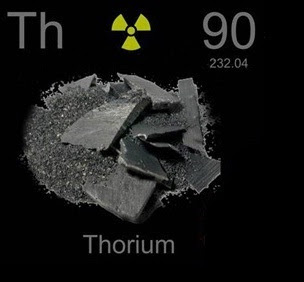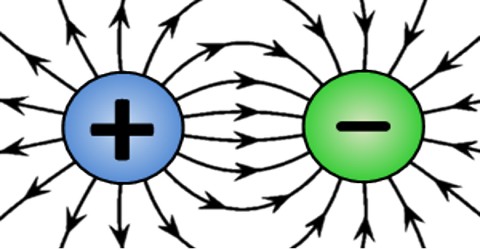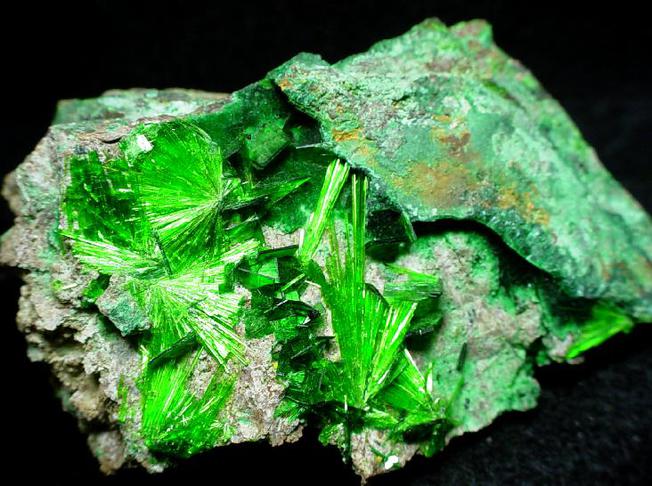Nuclear power
Nuclear electricity - the differences in the amount of electrical energy (electricity) obtained from uranium and thorium.
Researcher and author: Dr. ( Afshin Rashid)
Note: Thorium is one of the chemical elements of the periodic table. Its short symbol is Th and its atomic number is 90. Thorium is one of the densest materials on this planet, which has about 20 million times the energy of coal.
Thorium is present in most rocks and soils in very small amounts, and its abundance is three times that of uranium, almost as common as lead. Usually, soil contains approximately 6ppm of thorium. This element is present in many minerals, the most common They are earthy and rare thorium phosphate mineral (monasite) which contains more than 12% of thorium oxide. Thorium 232 decays very slowly; But its other isotopes exist in its chain of erosion and uranium. Most of these isotopes are short-lived and therefore much more radioactive than Th-232, although they are insignificant on large scales. Uranium, which is a heavy, toxic, metallic, radioactive and shiny silver-white element, belongs to the group of actinides, and its isotope 235 is used for nuclear reactor fuel .Uranium, when refined, is a silvery-white metal with weak radioactive properties, which is a little softer than steel. This metal is thorn hammer, conductor of electricity and slightly paramagnetic . The density of uranium is 65% higher than the density of lead . If the uranium is separated well, it is strongly affected by cold water and oxidizes against the air. Uranium extracted from mines can be chemically transformed into uranium dioxide and other species that can be used in industry.
Thorium dioxide, ThO 2 , is known industrially as thoria and is used in most applications of thorium, characterized by its chemical composition with the highest melting point (3300 °C). The surface atoms of nanoparticles are not compensated in terms of energy. In general, the results of nanoparticle energy growth can be expressed as the total energy of atoms on the surface of the particle. The freedom of movement of atoms on the surface of nanostructures is limited and only vibrational movements and the movement of electrons are possible. These two electrokinetic reactions are dependent on each other because the displacement of the electron clouds of the atoms definitely changes the vibrational frequencies of the bonds of the atoms of the nanoparticles . On the other hand, changing the location of valence electrons in bonds, bond polarity and bodies called supermolecules changes the In this case, electron transfer to a higher energy level becomes possible.
Conclusion :
Thorium is one of the chemical elements of the periodic table. Its short symbol is Th and its atomic number is 90. Thorium is one of the densest materials on this planet, which has about 20 million times the energy of coal.
Researcher and author: Dr. ( Afshin Rashid)
Specialized doctorate in nano-microelectronics





